- Home
- Articles
- Architectural Portfolio
- Architectral Presentation
- Inspirational Stories
- Architecture News
- Visualization
- BIM Industry
- Facade Design
- Parametric Design
- Career
- Landscape Architecture
- Construction
- Artificial Intelligence
- Sketching
- Design Softwares
- Diagrams
- Writing
- Architectural Tips
- Sustainability
- Courses
- Concept
- Technology
- History & Heritage
- Future of Architecture
- Guides & How-To
- Art & Culture
- Projects
- Interior Design
- Competitions
- Jobs
- Store
- Tools
- More
- Home
- Articles
- Architectural Portfolio
- Architectral Presentation
- Inspirational Stories
- Architecture News
- Visualization
- BIM Industry
- Facade Design
- Parametric Design
- Career
- Landscape Architecture
- Construction
- Artificial Intelligence
- Sketching
- Design Softwares
- Diagrams
- Writing
- Architectural Tips
- Sustainability
- Courses
- Concept
- Technology
- History & Heritage
- Future of Architecture
- Guides & How-To
- Art & Culture
- Projects
- Interior Design
- Competitions
- Jobs
- Store
- Tools
- More
Choosing the Right Architectural Roofing System: Tips for Durability and Design
Discover how to choose the perfect architectural roofing system for your building by balancing functionality, aesthetics, and budget. Learn about materials like asphalt shingles, metal roofing, and clay tiles, explore their unique benefits, and find tips on climate compatibility, durability, and professional installation for long-term performance and visual appeal.

When it comes to designing a building, the roofing system plays a crucial role in both functionality and aesthetics. It’s not just about protecting the structure—it’s about creating a statement and ensuring long-term durability. With so many options available, choosing the right architectural roofing system can feel overwhelming.
We all want a roof that complements the design, withstands the elements, and fits within our budget. From material choices to structural considerations, every decision impacts the overall performance and look of the building. Understanding what to prioritize can make all the difference in finding the perfect fit for our needs.
Table of Contents
ToggleUnderstanding Architectural Roofing Systems
Architectural roofing systems combine design, functionality, and durability, making them critical components of modern construction. These systems shape a structure’s appearance while offering essential protection.
Types Of Architectural Roofing Systems
Architectural roofing systems vary by materials, design, and application. Common types include:
- Metal Roofs: Preferred for durability and versatility, offering options like aluminum, steel, and copper. Metal roofs suit contemporary and industrial designs.
- Shingle Roofs: Include asphalt, wood, and slate shingles, chosen for affordability, classic aesthetics, and compatibility with different architectural styles.
- Flat Roofing Systems: Used in modern and commercial designs, these typically utilize materials like EPDM, TPO, or PVC for waterproofing and cost efficiency.
- Green Roofs: Feature vegetation layers, offering eco-friendly benefits like insulation and improved air quality. Popular in sustainable building projects.
- Tile Roofs: Include clay or concrete tiles, valued for a timeless appearance and superior weather resistance in specific climates.
Each system supports diverse architectural needs, influencing energy efficiency and appearance.

Importance Of Choosing The Right Roofing System
Selecting the right roofing system impacts the building’s longevity, functionality, and visual appeal. A suitable choice adapts to environmental demands, such as heat, rain, or snow, maintaining structural integrity over time.
Proper alignment with the architectural style enhances the aesthetic value of the building, creating cohesive designs. Additionally, material compatibility with the budget ensures the project remains cost-effective without compromising quality.
Factors To Consider When Choosing A Roofing System
Selecting the right architectural roofing system requires assessing various factors to ensure its functionality, design, and longevity align with the building’s requirements. Evaluating these elements helps create a durable and visually appealing roofing structure.
Climate And Weather Conditions
Understanding the local climate is essential when choosing a roofing system. Regions with heavy rainfall or snow require roofing materials with strong water resistance, such as metal or tile. Areas prone to high winds demand designs with enhanced wind uplift ratings, like reinforced asphalt shingles or standing seam metal roofs. In hot climates, heat-reflective materials like cool roofing or light-colored membranes improve energy efficiency.
Material Durability And Maintenance
Durable materials reduce long-term maintenance and replacement costs. Metal roofs, for example, can last over 50 years with minimal upkeep, while asphalt shingles often require periodic maintenance depending on their grade. Maintenance needs should align with building access and roof complexity. Regular inspections and compatibility with protective coatings also help extend material lifespan.
Aesthetic Appeal And Design Compatibility
Architectural roofing systems contribute to the building’s overall style. Material selection should enhance the structure’s design language. For modern architectures, flat roofing systems or metal roofs deliver clean lines, whereas tile or slate roofs suit traditional designs. Available colors, textures, and finishes should align with both aesthetic goals and local regulations to ensure seamless integration.

Popular Roofing Materials And Their Benefits
Roofing materials vary widely in durability, aesthetics, and cost, making it essential to evaluate their features. Here, we explore some common roofing materials and their unique advantages.
Asphalt Shingles
Asphalt shingles are versatile and affordable, making them the most popular choice for residential roofing. They come in a variety of colors and styles, allowing for customization to match architectural designs. Their durability—typically lasting 20-30 years—makes them a practical option for moderate climates. Asphalt shingles are also easy to install and repair, lowering labor complexity and costs.
Metal Roofing
Metal roofing is valued for its longevity and energy efficiency. These roofs can last 40-70 years and reflect solar radiation, reducing cooling costs in hot climates. Common options include aluminum, steel, and copper. Metal roofs are highly resistant to weather elements like rain and snow, and they’re lightweight, minimizing structural stress. They can also be recycled, supporting sustainability efforts.
Clay And Concrete Tiles
Clay and concrete tiles deliver exceptional durability, often lasting 50-100 years. Their fire resistance and ability to withstand harsh weather conditions make them a good fit for hot or coastal regions. Concrete tiles are more affordable, while clay tiles provide a classic aesthetic. Their thermal properties help regulate indoor temperatures, enhancing energy efficiency.
Wood Shakes And Shingles
Wood shakes and shingles offer natural beauty and a rustic appeal, suitable for traditional and cottage-style architecture. Made from cedar, redwood, or other durable wood types, these roofs typically last 20-40 years with proper maintenance. Wood is environmentally friendly and offers excellent insulation, though it’s best suited for dry regions to prevent moisture-related damage.

Cost And Budget Considerations
Understanding the financial aspects of an architectural roofing system helps ensure a balance between performance and affordability. Cost analysis should factor in immediate expenses and projected future savings.
Short-Term Vs Long-Term Costs
Initial costs vary significantly depending on the roofing material. Asphalt shingles, for instance, cost between $1.50-$5.50 per square foot, while metal roofing averages $5-$14 per square foot. High upfront expenses often correlate with prolonged durability. Metal, clay, and concrete tiles, though more expensive initially, require less frequent replacement, reducing long-term costs. Evaluating lifespan, maintenance, and repair frequency helps predict long-term financial impacts more accurately.
Installation And Warranty Expenses
Installation expenses depend on material complexity and labor intensity. Materials such as tile and slate may incur higher labor costs due to their weight and intricate designs. Asphalt shingles offer more affordable, straightforward installation. Warranty terms often extend 20-50 years for premium materials like metal and tile, providing additional value. Comprehensive warranties covering defects and installation issues reduce unexpected repair expenditures, enhancing overall cost efficiency. Always review and compare warranty details for optimal protection.

Tips For Hiring A Professional Roofing Contractor
Choosing a reliable contractor ensures the successful installation and longevity of your roofing system. It’s essential to assess their qualifications, past work, and reputation.
Verifying Credentials And Experience
Confirming a contractor’s credentials validates their ability to handle complex roofing projects. We ensure they hold proper licensing and insurance required by local regulations to protect against liability. Specific certifications, such as those provided by manufacturers like GAF or CertainTeed, confirm their expertise in installing particular roofing systems. Verifying their years of experience with similar architectural systems ensures they’re familiar with the necessary materials and techniques.
Reviewing Past Projects And Customer Feedback
Evaluating a contractor’s past work provides insight into their craftsmanship and style compatibility with architectural roofing needs. We examine portfolios showcasing diverse projects similar to ours, focusing on material quality and attention to detail. Customer reviews on verified platforms and testimonials highlight their reliability and problem-solving skills. Consistent positive feedback, particularly regarding project timelines and communication, often signals a trustworthy professional.
Conclusion
Choosing the right architectural roofing system is a critical step in ensuring a building’s longevity, functionality, and aesthetic appeal. Our focus remains on making informed decisions based on climate suitability, material durability, design compatibility, and budget constraints. Evaluating popular materials like asphalt shingles, metal roofing, clay tiles, and wood shakes helps identify the best fit for specific structural and environmental needs.
It’s essential to weigh short-term and long-term costs, considering materials, installation, and warranty coverage. While upfront investments vary, selecting durable materials often provides cost efficiency by reducing maintenance and repair expenses over time. Collaborating with a qualified roofing contractor ensures proper installation and enhances the system’s performance and lifespan. By thoroughly assessing contractor experience, credentials, and customer feedback, we can achieve effective results and long-lasting satisfaction.
- advanced roofing systems
- advanced roofing technology
- aesthetic roofing systems
- Architectural roofing systems
- architectural roofs
- cost-effective roofing solutions
- durability in roofing
- effective roofing designs
- energy-efficient roofing
- green roofing systems
- modern roofing trends
- roofing design innovations
- roofing for architectural homes
- roofing materials comparison
- roofing style options
- roofing system installation
- solar roofing systems
- sustainable roofing solutions
- traditional vs modern roofing
- unique roofing solutions
- weather-resistant roofing
Submit your architectural projects
Follow these steps for submission your project. Submission FormLatest Posts
Best Practices for Roof Inspections and Maintenance
On most projects, the roof spends decades out of sight while carrying...
Sunny Days, Secure Roof: Simple Steps to Shield Your Home
Your home is more than just a place to live—it’s a sanctuary....
Simple and Stylish Roof Ideas for Homeowners
When designing your home, don’t overlook the roof. It’s essential for both...
Key Qualities to Look For in a Residential Roofing Contractor
Choosing a residential roofing contractor involves careful consideration. The roof is a...




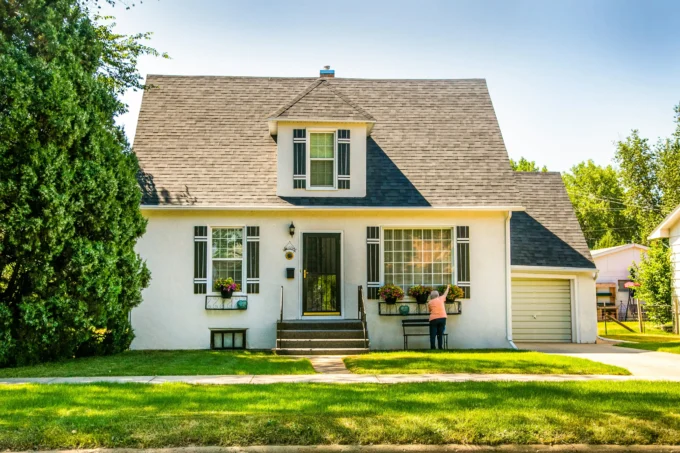

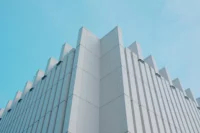

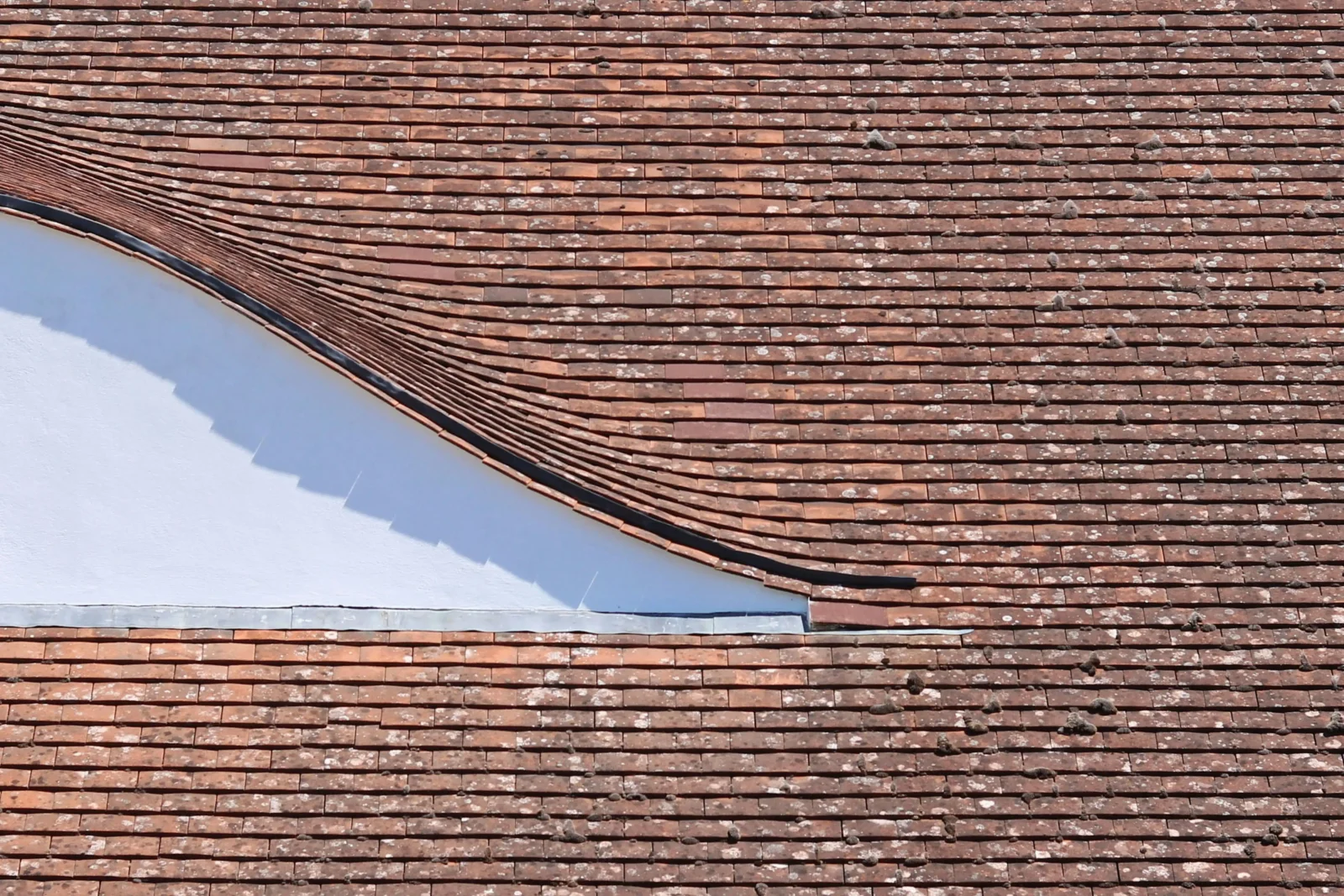
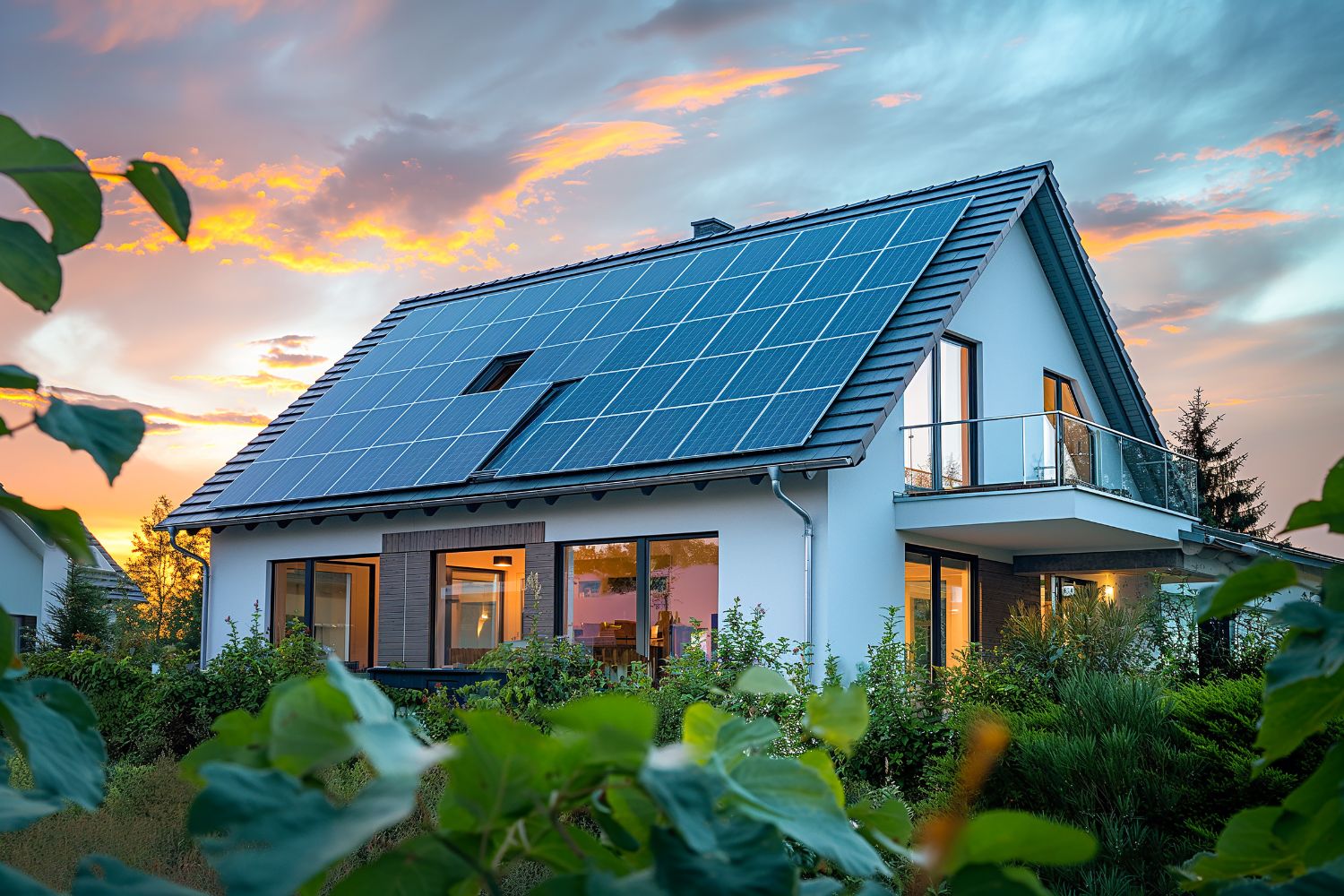
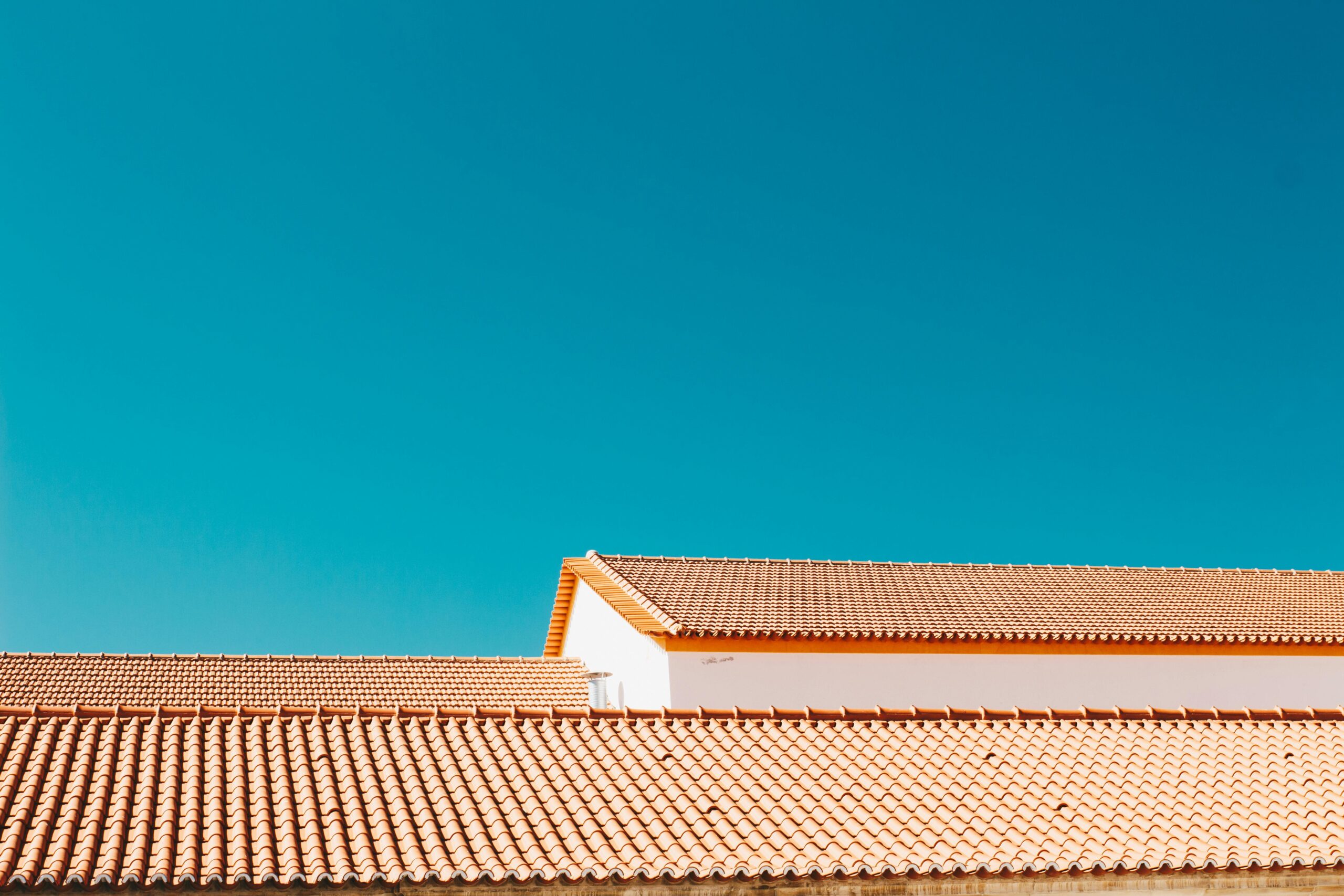
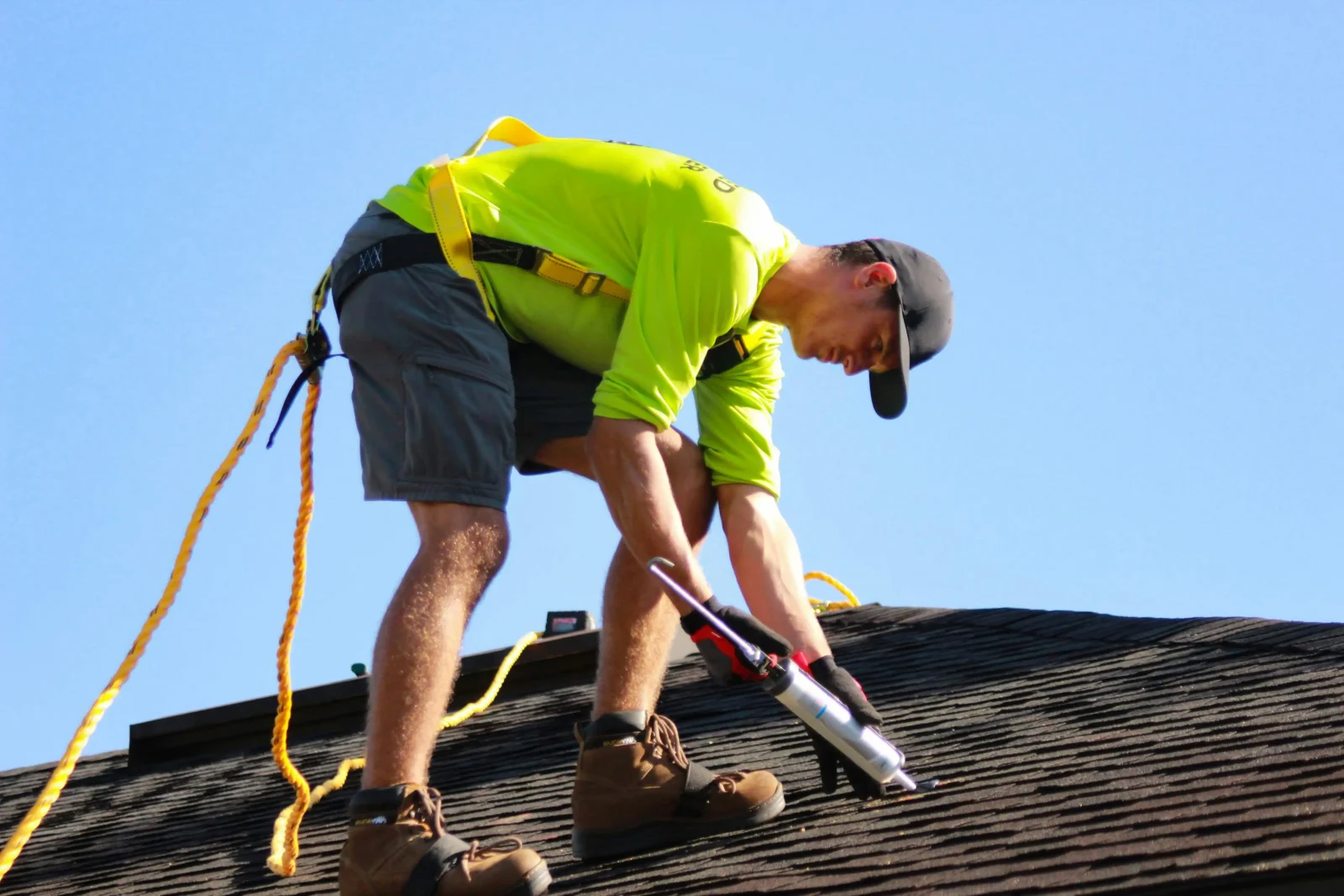
Leave a comment